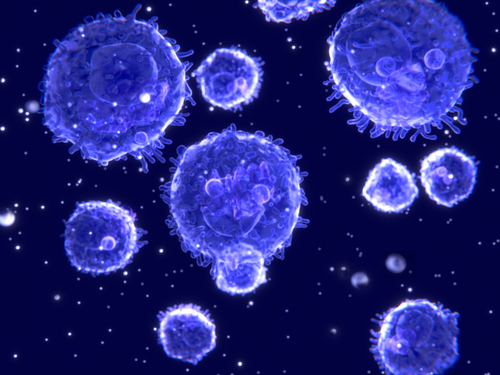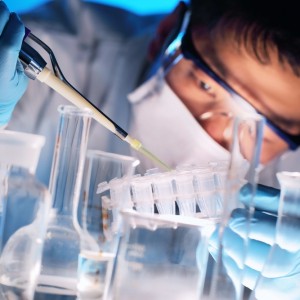Synthetic Oligonucleotides Can “Fix” DMD Mutations, Study Shows

 A new study entitled, “Functional correction in mouse models of muscular dystrophy using exon-skipping tricyclo-DNA oligomers” was recently completed through a joint collaboration between researchers from the CNRS, UVSQ and INSERM at both the Laboratoire END-ICAP and the University of Bern. They discovered that through RNA “surgery,” synthetic oligonucleotides may offer a new treatment approach for Duchenne muscular dystrophy (DMD). The results are published in the current issue of Nature Medicine.
A new study entitled, “Functional correction in mouse models of muscular dystrophy using exon-skipping tricyclo-DNA oligomers” was recently completed through a joint collaboration between researchers from the CNRS, UVSQ and INSERM at both the Laboratoire END-ICAP and the University of Bern. They discovered that through RNA “surgery,” synthetic oligonucleotides may offer a new treatment approach for Duchenne muscular dystrophy (DMD). The results are published in the current issue of Nature Medicine.
The research team tested this new class of molecules in mice, and found that this approach offers an advantage in the restoration of cardio-respiratory and CNS functioning over other methods currently under examination in patients with DMD.
Duchenne Muscular Dystrophy (DMD), a severe genetic neuromuscular disorder, is mainly caused by mutations in the gene that encodes dystrophin, a protein responsible for muscle cell functioning. A new approach to restore genetic mutations, called RNA surgery, uses sequences of antisense oligonucleotides (AON) that are able to bind the RNA messenger, synthesizing the lacking protein. However, evidence from studies using AONs showed that these molecules cause high toxicity, are unable to function at the cardiac level, and are unable to cross the blood-brain barrier.
In this new study, the researchers were able to develop an AON trycyclo-DNA (tcDNA) that is able to hybridize with RNA, causing the deletion of a mutated RNA fragment. By doing this, these molecules can be used to separate a truncated fragment along the gene.
[adrotate group=”3″]
Using DMD mice models that received the AON-tcDNA, the researchers found that these molecules were well distributed in the skeletal muscle, able to reach the cardiac level, and could cross the blood-brain barrier. Furthermore, the researchers found that after twelve weekly treatments, the production of dystrophin was more effective when compared to the previous AONs. Moreover, the results revealed improvements in cardio-respiratory function. The research team in collaboration with the Institut des Neurosciences Paris Saclay (CNRS/Université Paris-Sud) found an adjustment in emotional responses, which is usually impaired in patients with DMD.
These AON-tcDNA molecules were found to have a prolonged effect in tissues, potentially allowing for treatments with extended administration intervals. Since AON-tcDNA have a gradual natural excretion, the treatment is reversible with low risk of toxicity. Studies examining toxicity are still ongoing, but preliminary results show that in mice the AON-tcDNA molecules are well tolerated. Researchers are also still evaluating the mechanisms of action of these new AONs, and it appears to be an interaction between RNA and the formation of “nanoparticle” aggregates in a spontaneous manner. Besides DMD, these new generation AONs offer therapeutic potential for several genetic conditions.
Over the next 18 to 24 months, the researchers will be collaborating with Synthena, a development stage biotech company that develops oligonucleotide based therapeutics for the treatment of genetic neuromuscular diseases, to evaluate these molecules in humans.






